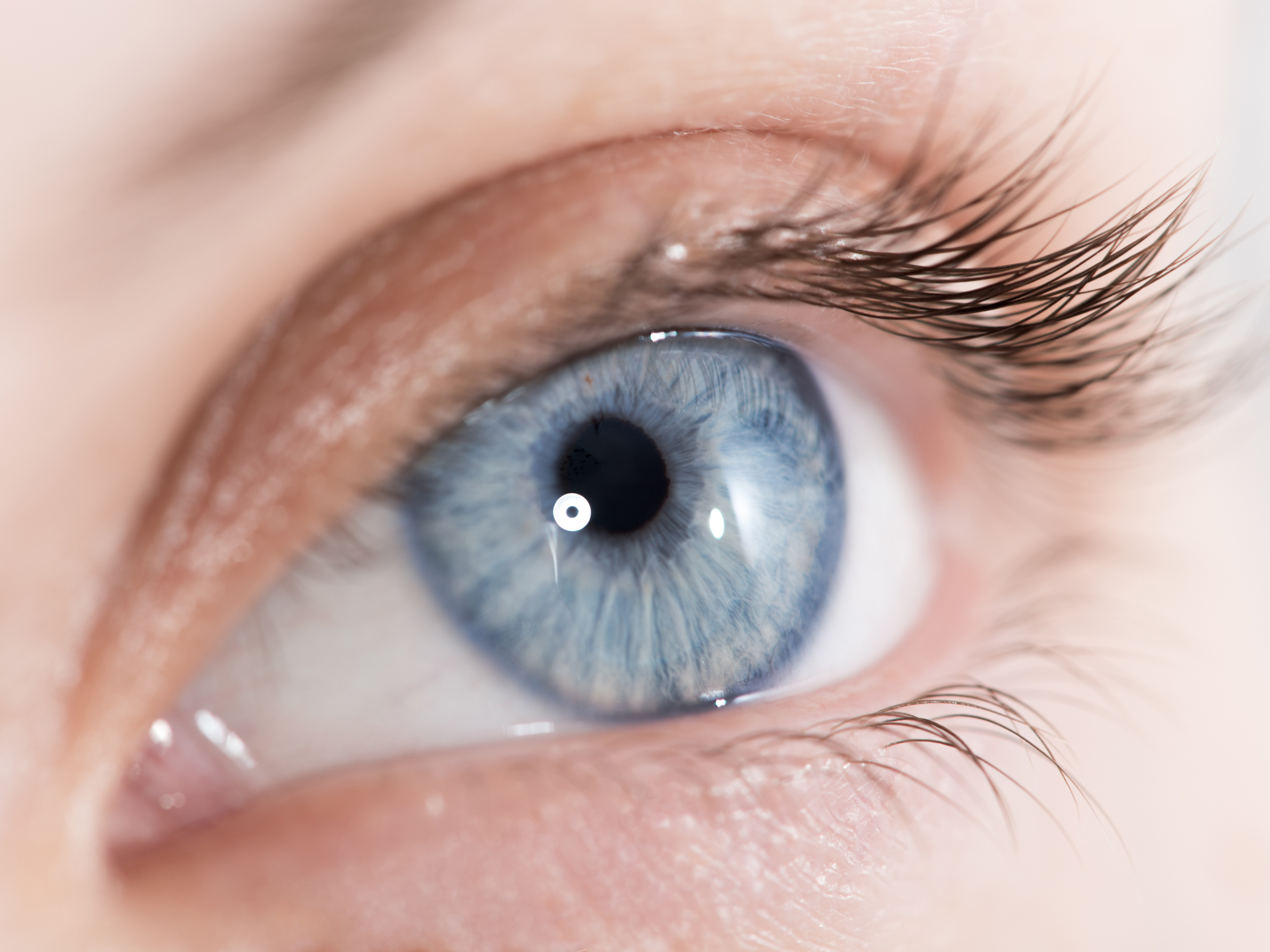Get Easy Health Digest™ in your inbox and don’t miss a thing when you subscribe today. Plus, get the free bonus report, Mother Nature’s Tips, Tricks and Remedies for Cholesterol, Blood Pressure & Blood Sugar as my way of saying welcome to the community!
The cancer-fighting veggie that guards against macular degeneration

Hopefully, you’re already quite familiar with the benefits of eating cruciferous vegetables like broccoli, cauliflower and cabbage.
They are certainly cancer-fighting, artery-clearing powerhouses!
Chock full of vitamin A, potassium and vitamin C, broccoli is probably the most popular vegetable of this group. This cancer-fighting, bone-building brassica certainly tops any superfood list.
But there’s one phytonutrient found in abundance in broccoli, as well as in other cruciferous vegetables, that just-published research shows could save us from a condition affecting nearly 11 million people in the United States, most of them over age 60.
It’s macular degeneration — a condition that could cost you your eyesight.
A relentless vision-stealer
Age-related macular degeneration (ARMD) is a leading cause of vision loss in people over 60. It causes gradual but irreversible destruction of the macula, the portion of the eye at the center of the retina that allows us to have sharp, clear, straight-ahead vision.
As the macula deteriorates, that area of vision is lost. This is the vision we need to read, drive a car, recognize faces and see color.
Early signs of ARMD include blurry vision and trouble seeing color, followed by a dark, blurry spot in the center of your vision. If you experience these symptoms, see a doctor right away.
As its name implies, age is the major risk factor for developing ARMD. However, other risk factors are under our control:
- Smoking makes you two to five times more likely to develop ARMD. Since the retina uses a lot of oxygen, anything that affects oxygen delivery to the retina may affect vision. Smoking causes oxidative stress which may contribute to the onset of ARMD in smokers.
- Sun exposure. Evidence here is not conclusive, but some studies suggest that repeated UV damage to the eyes from sun exposure may damage the retina and increase the risk of ARMD.
- A person with a body mass index of more than 30 is over twice as likely to develop ARMD than someone with a lower BMI.
- High blood pressure. Hypertension causes a constriction of the blood vessels that nourish the retina, which also leads to a restricted oxygen flow to the area.
Diet is one risk factor we clearly do have control over… which brings us back to broccoli.
How broccoli can save your eyesight
Sulforaphane is a phytonutrient found in abundance in broccoli, as well as other cruciferous vegetables.
Not to be confused with sulfur, this natural chemical is a powerful cancer-fighting agent. It inhibits the growth of cancer stem cells and can reverse gene alterations associated with cancer growth.
Sulforaphane is an isothiocyanate, a type of anti-inflammatory and antioxidant plant compound. It is this antioxidant ability that makes it able to protect the eye from the stress that leads to macular degeneration.
Several studies done within the last few years confirm that sulforaphane is a potent protector against the oxidative stress that causes ARMD.
In a recent study at Johns Hopkins University School of Medicine, scientists exposed human retinal cells to a range of wavelengths of ultraviolet light. Cells that had been pre-treated with sulforaphane showed significantly less damage.
Yet another study demonstrated that sulforaphane can help regenerate retinal cells that have been under oxidative stress.
Scientists at the University of Bundoora in Australia exposed retinal epithelial cells to hydrogen peroxide, first pre-treating one group with sulforaphane. They found that among other ways, this treatment protected the cells: it increased the activity of glutathione.
Glutathione has been called “the master antioxidant,” and with good reason. A deficiency can result in symptoms such as brain fog, low energy, frequent colds and skin problems.
In the case of vision, glutathione supports the flexibility of the lens and protects the retina.
How to get more sulforaphane in your diet
Broccoli, Brussels sprouts, kale, arugula and Bok choy are all wonderful sources of sulforaphane.
But a one-ounce serving of broccoli sprouts beats them all, with 73 mg of sulforaphane. Top your salad with these crunchy sprouts and enjoy!
The best way to prepare the veggies mentioned above is to steam them lightly. In fact, you might consider steaming them in the microwave since recent research shows cooking foods this way helps retain nutrient content better than other methods.
Frozen veggies, on the other hand, are not the best choice. The freezing process could reduce the vegetables’ content of myrosinase, an enzyme that makes sulforaphane available to the body.
Editor’s note: Have you heard of EDTA chelation therapy? It was developed originally to remove lead and other contaminants, including heavy metals, from the body. Its uses now run the gamut from varicose veins to circulation. Click here to discover Chelation: Natural Miracle for Protecting Your Heart and Enhancing Your Health!
Sources:
- L-Sulforaphane Confers Protection Against Oxidative Stress in an In Vitro Model of Age-Related Macular Degeneration — Current molecular pharmacology
- Induction of phase 2 genes by sulforaphane protects retinal pigment epithelial cells against photooxidative damage — Proceedings of the National Academy of Sciences of the United States of America














